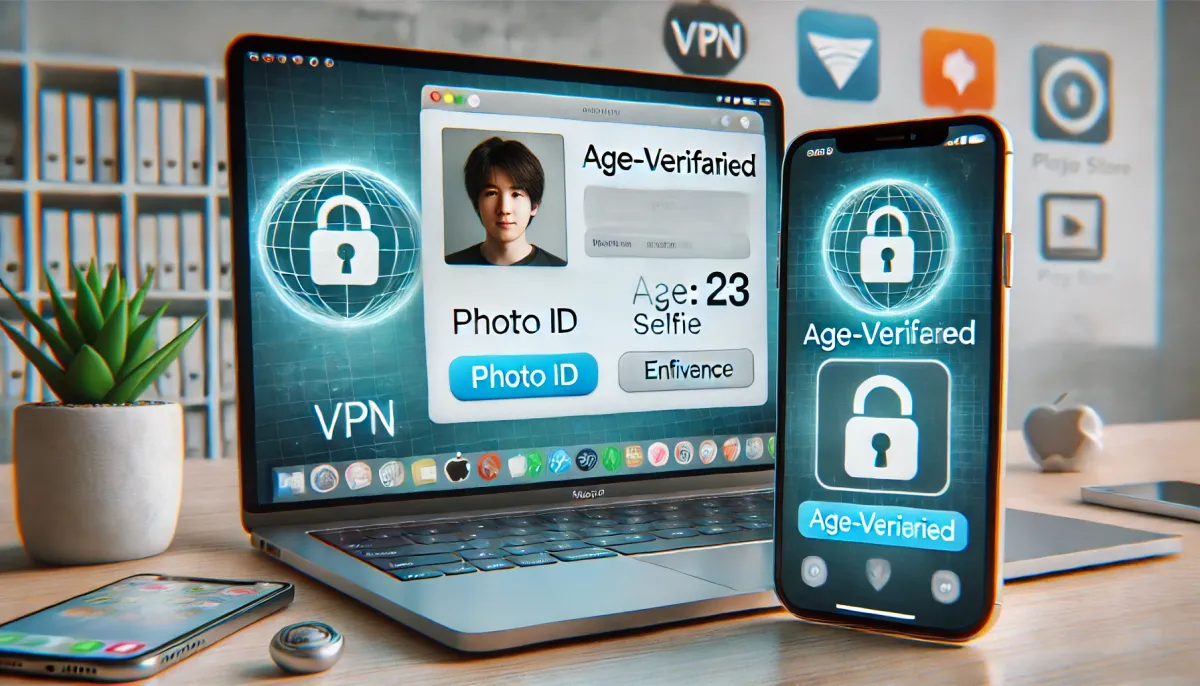VPNs Under Attack: Addressing Age Verification for Online Content
VPNs are under attack. If not now, in the near future. Learn how we can prevent it while still accomplishing the goal of protecting children from harmful content online.

With the increasing need to protect children from accessing inappropriate content, particularly pornography, various solutions are being proposed. Among these, the use of Virtual Private Networks (VPNs) is under scrutiny, potentially compromising their utility. However, a more efficient and privacy-preserving solution can be implemented directly in web browsers, ensuring age verification without undermining the essential functions of VPNs.
The Age Verification Dilemma
The crux of the issue lies in how to effectively verify a user's age while maintaining privacy and security. Current proposals often threaten the functionality of VPNs, which many users rely on for legitimate privacy reasons. An alternative approach involves conducting age verification within the web browser itself.
On-Device Age Verification: A Practical Solution
A robust solution involves the web browser requesting a photo of the user's ID and a selfie. The age verification and face matching can be processed on-device, ensuring that sensitive personal data never leaves the user's device. Once the verification is successful, the browser can generate a header, such as "Age-Verified: 23". This header is then sent to websites to confirm the user's age.
Understanding Headers
A header is a part of the HTTP request that provides information to the server. In this case, the "Age-Verified" header would include the verified age of the user, allowing the website to determine if the user meets the age requirement for accessing certain content. This method maintains user privacy and security while ensuring compliance with age restrictions.
Protecting VPNs
This solution protects the functionality of VPNs, as the age verification process is handled on-device and the header is sent regardless of VPN usage. This means that users can continue to use VPNs for their intended purposes without being blocked or having their privacy compromised.
Enforcing Compliance Through App Stores
To ensure widespread compliance, the Apple App Store and Google Play Store can enforce a ban on browsers that allow users to bypass this age verification process. This measure would cover the vast majority of children, who primarily use mobile devices for internet access.
Addressing Exceptions
While this solution covers most scenarios, PC users might still find ways to access restricted content. However, it is less common for children to have PCs, and those who do often lack the technical knowledge to bypass age verification measures. Using a browser on a PC will still require age verification through a mobile device for all the top browsers, adding an extra layer of protection.
For those few who are technologically savvy enough to find a browser or extension that bypasses the age header, these individuals are likely already proficient in using VPNs and other tools to circumvent restrictions. This would be a small user base that could access it anyway through peer to peer networks or social media.
Conclusion
Implementing on-device age verification within web browsers offers a practical and privacy-conscious solution to protecting children from inappropriate content. This approach preserves the utility of VPNs while ensuring age verification is robust and difficult to bypass. By leveraging app store policies and focusing on mobile devices, this solution can effectively cover the vast majority of users, making the internet safer for children without compromising essential privacy tools.




